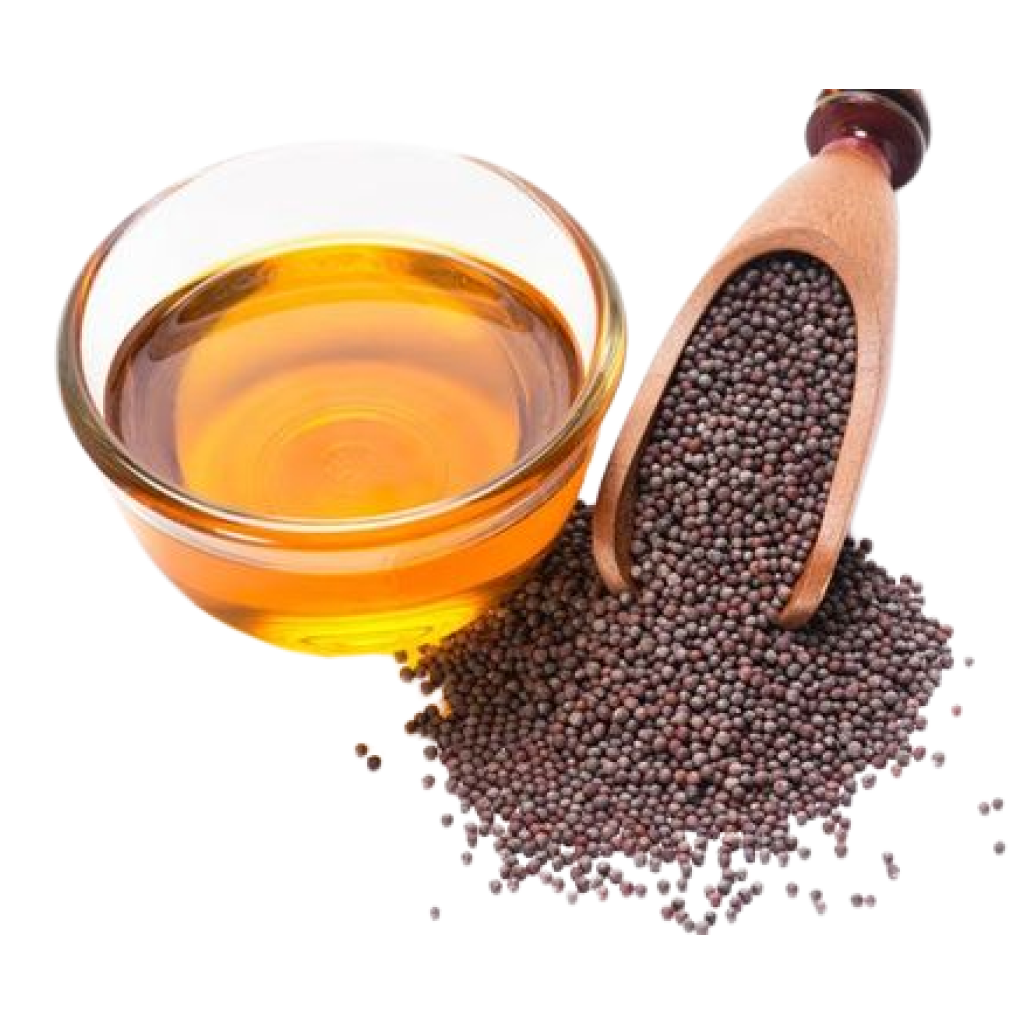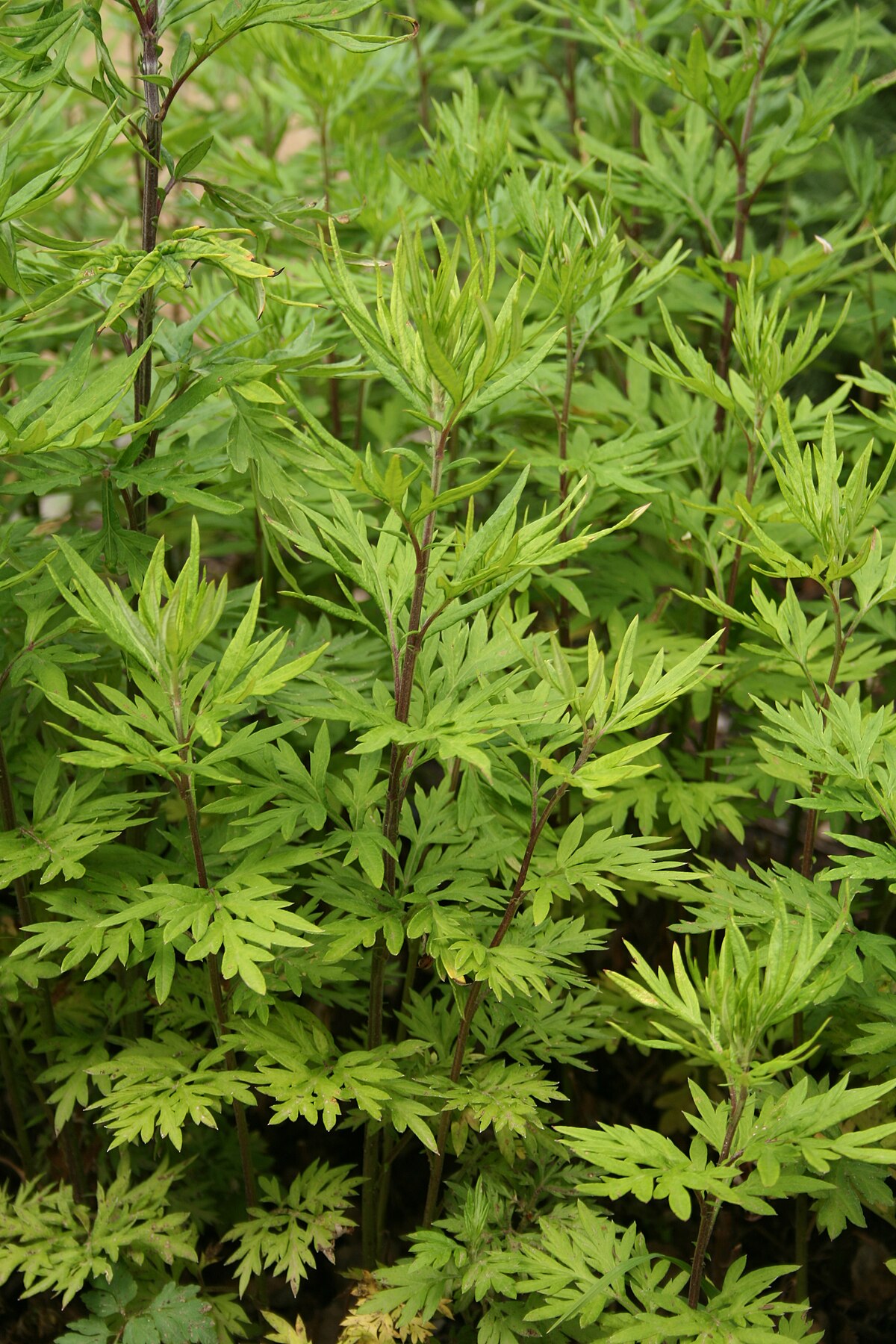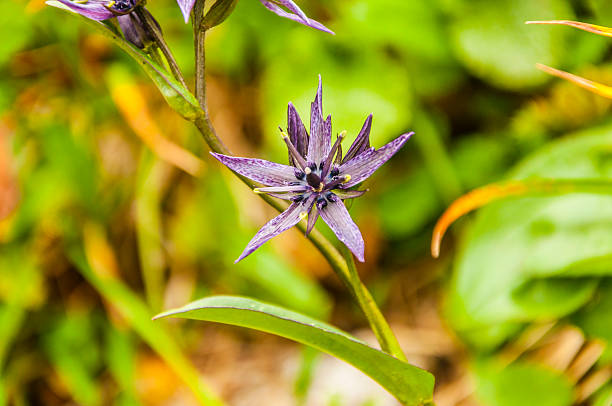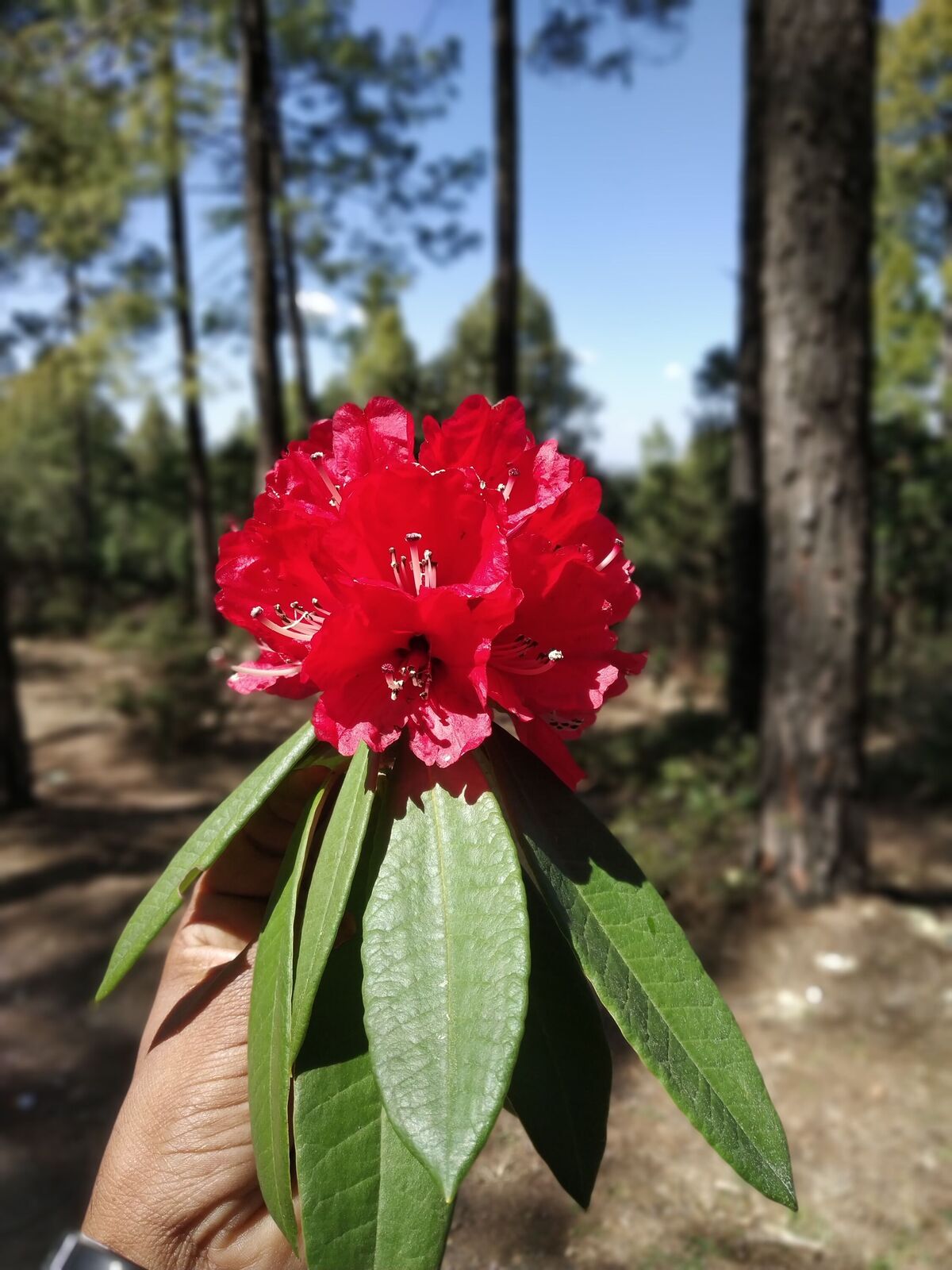Share this Article
Swertia Chirayita: Medicinal Plant
Swertia chirayita, commonly known as Chiretta or Bitterstick, is a valuable medicinal plant native to the temperate Himalayas. This essay will explore its botanical characteristics, traditional uses, pharmacological properties, conservation status, economic significance, and future prospects. Chiretta's bitter taste and various bioactive compounds make it a key ingredient in traditional medicine systems like Ayurveda, Unani, and Siddha.
Introduction: A Bitter Herb with Powerful Potential
Swertia chirayita, belonging to the Gentianaceae family, is a flowering herbaceous plant known for its intensely bitter taste. Its native habitat is the temperate Himalayan region, specifically areas with altitudes between 1200-3000 meters, according to a study on its distribution. The plant's distinctive bitter taste is attributed to the presence of various bioactive compounds, particularly the iridoid glycosides like swertiamarin and swertin, as described in a review on its pharmacological properties.
Botanical Characteristics
- Appearance:
Chiretta is an erect, branched herb, typically growing up to 1 meter tall, with opposite, lanceolate leaves. Its flowers are typically white or greenish-yellow and are borne in clusters at the ends of the branches. - Habitat:
Chiretta thrives in temperate and sub-temperate regions, commonly found on north-facing slopes, in grasslands, and along streamsides. It is also known to grow in moist, shaded areas. - Distribution:
The plant is native to the Himalayan region, including India, Nepal, Bhutan, and parts of China. It is also cultivated in some areas, especially in Nepal, where it is a major source of wild harvest and trade.
Traditional Uses and Ethnomedicinal Significance
- Ayurvedic System:
Chiretta is a revered herb in the Ayurvedic system of medicine, where it is used as a bitter tonic for various ailments. It is known to stimulate the digestive system, cleanse the blood, and improve the liver's function. - Unani System:
The Unani system of medicine also utilizes Chiretta for its digestive, liver-protective, and blood-cleansing properties. It is often used to treat conditions like jaundice, dyspepsia, and fevers. - Siddha System:
Chiretta is incorporated into the Siddha system of medicine for its ability to regulate blood sugar levels and treat certain skin disorders. It is also used to combat fevers and improve digestion. - Other Traditional Uses:
In addition to its use in traditional medicine systems, Chiretta is also used locally in Nepal for the treatment of hepatitis, inflammation, and digestive problems. It is also known to be used in the treatment of various other ailments like malaria, anemia, and certain types of fevers.
Pharmacological Properties and Bioactive Compounds
- Antimicrobial Activity:
Studies have shown that Chiretta exhibits antimicrobial activity against various bacteria, viruses, and fungi. This activity is attributed to its various bioactive compounds, such as the iridoid glycosides,. - Antidiabetic Activity:
Chiretta has demonstrated antidiabetic properties, with some studies indicating its ability to lower blood sugar levels and improve insulin sensitivity. This activity is attributed to the plant's ability to stimulate insulin release from the pancreas and enhance glucose uptake in muscle cells. - Hepatoprotective Activity:
Chiretta has been shown to protect the liver from damage caused by toxins and drugs. Its hepatoprotective activity is attributed to its ability to scavenge free radicals and enhance liver detoxification processes. - Anti-inflammatory Activity:
Chiretta has demonstrated anti-inflammatory properties, with some studies suggesting its ability to reduce inflammation and pain. This activity is attributed to its various bioactive compounds, such as the xanthones,.
Among its diverse pharmacological effects, Swertia chirayita exhibits significant anti-inflammatory, antioxidant, and hepatoprotective activities. These properties make it effective in treating liver disorders, reducing oxidative stress, and protecting against liver damage. Additionally, the plant has demonstrated antimalarial and antidiabetic effects, contributing to its use in managing malaria and diabetes. Its antimicrobial properties further extend to antibacterial and antifungal activities, aiding in the treatment of various infections.
Beyond these, Swertia chirayita serves as an antipyretic, reducing fever, and an anthelmintic, assisting in the expulsion of intestinal worms. It also acts as a digestive aid, stimulating appetite and alleviating digestive disorders. The plant's immunomodulatory effects enhance the body's defense mechanisms, while its analgesic properties provide relief from pain. Furthermore, it has been utilized in treating conditions such as diarrhea, skin diseases, and certain mental disorders
Cultivation and Conservation
Due to its overexploitation and low seed viability, Swertia chirayita has become critically endangered. Conservation efforts include sustainable harvesting practices and cultivation programs in Nepal and India. For instance, in Bhojpur, Nepal, over 70 farmers have adopted commercial farming of Swertia chirayita, cultivating it at altitudes between 1,500 to 2,500 meters. This initiative has not only helped in conserving the species but also provided an alternative livelihood for farmers, offering better income compared to traditional crops like potatoes and maize.
Modern Applications and Research
Recent studies have explored the incorporation of Swertia chirayita into functional foods. For example, adding Chiraito powder to wheat flour has been investigated to design health food products. The addition did not adversely affect the bread's physical properties and was well-received in sensory evaluations, indicating its potential as a functional ingredient in the food industry.
In conclusion, Swertia chirayita is a multifaceted medicinal herb with a broad spectrum of therapeutic applications, making it a valuable component of traditional medicine in the Himalayan region. However, its conservation is paramount to ensure its availability for future generations. Through sustainable cultivation practices and conservation efforts, the medicinal benefits of Chirayata can be preserved and utilized effectively.
Categories:
Medicinal Plants of Nepal
Tags:
HimalayanHerb







